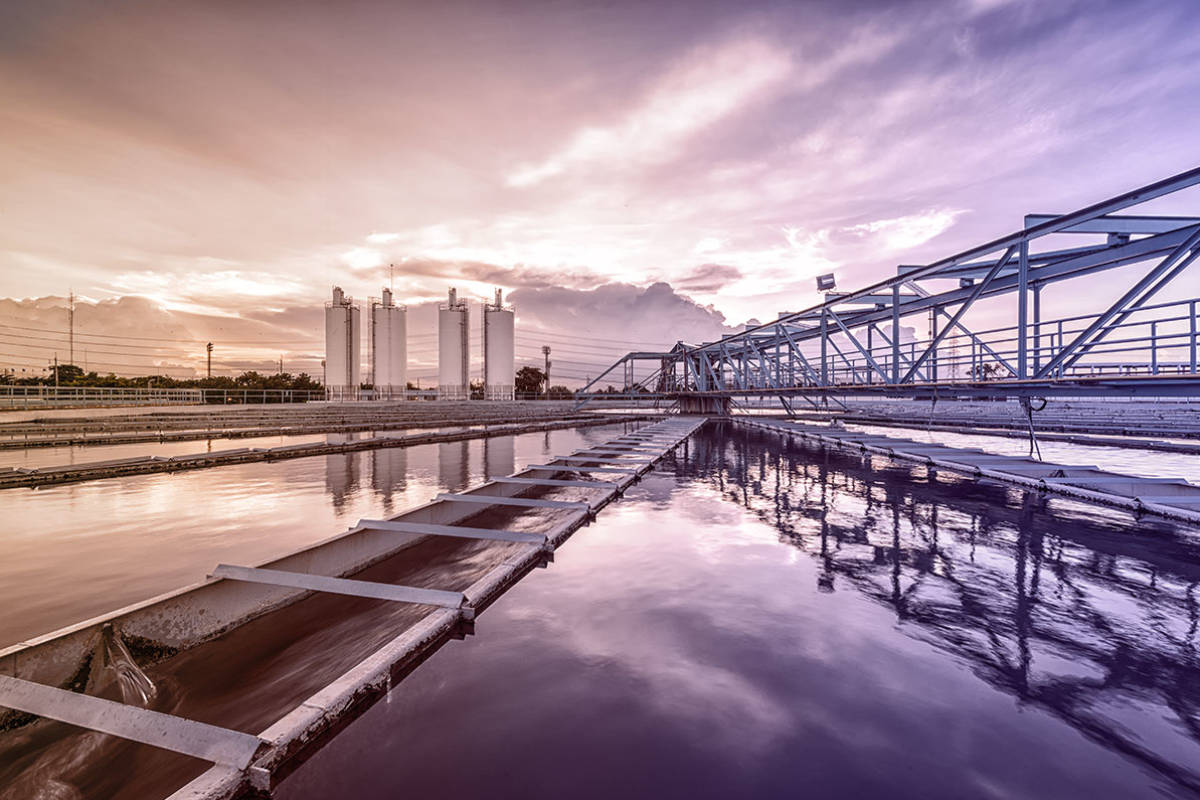Water Industry

From dealing with wastewater to providing drinking water the water industry uses a wide range of chemicals to keep our water supplies clean and safe.
The process generally involves three stages with a primary treatment for removal of large debris followed by a secondary treatment where controlled levels of bacteria and high levels of oxygen are added to remove organic materials. The solids are allowed to settle and the secondary effluent can flow to a receiving environment or disinfection facility.
The tertiary treatment can be accomplished using a variety of physical, chemical or biological treatments. The chemical treatments may include the use of Ferric Chloride, Lime, Hydrogen Peroxide, Oxalic Acid, Hydrochloric Acid and Sulphuric Acid.
The sludges removed during these three stages will also undergo treatment involving the use of limes and nitrites. To minimise the odours to local neighbourhoods there will also be some cleaning of the atmosphere from these processes involving the use of sulphuric acid, bleach and caustic soda.
Additional Reading:
